Pollution slowly reshapes how dogs interact daily.
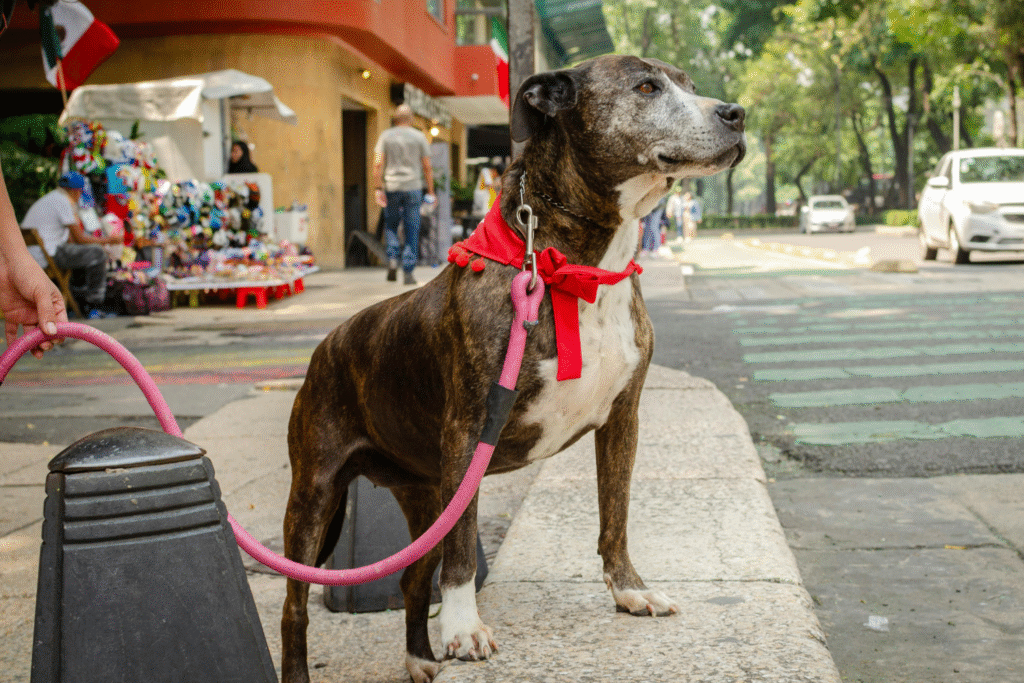
Dogs living in cities adjust to so many things people barely notice anymore, from crowded sidewalks to constant noise. Now researchers are uncovering hints that the air itself may be reshaping one of a dog’s most important senses. When pollution builds layer after layer in the places dogs sniff most, something subtle begins to shift. Their world depends on scent, and when that sense grows muted, everything changes just a little. This new possibility is forcing scientists and owners to think differently about what city life means for the animals who share it.
1. Researchers discover pollution particles deep inside canine noses.
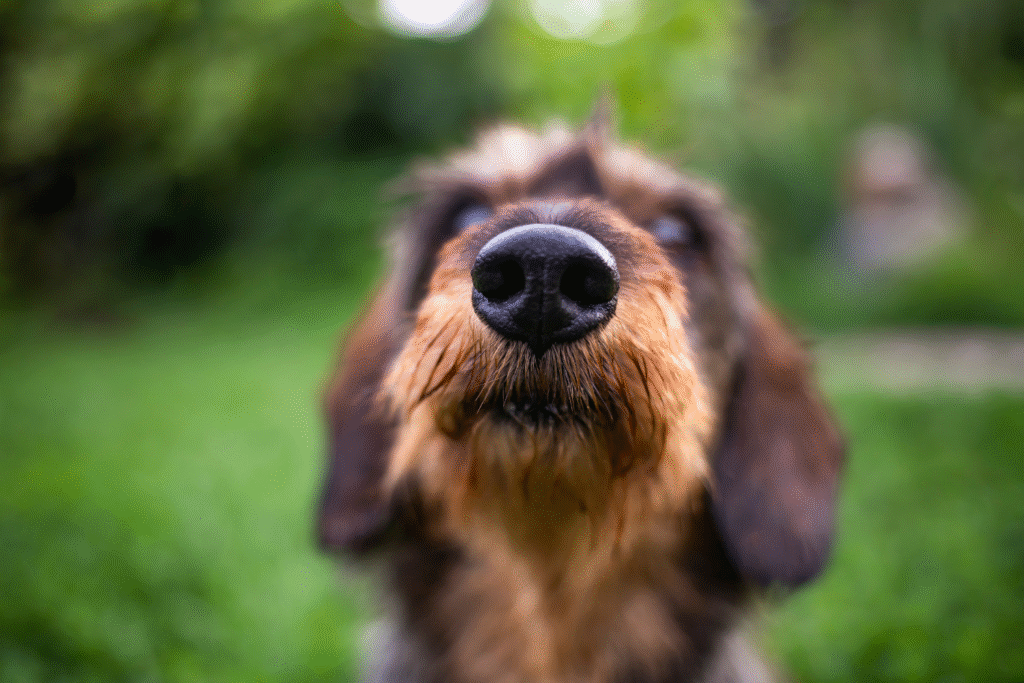
Veterinary teams examining nasal tissue from city dogs found tiny pollution particles lodged inside the delicate scent detecting regions. These particles showed up repeatedly in dogs living near busy roads or dense traffic, according to National Geographic. The discovery suggests that urban air carries contaminants small enough to slip past the natural filters in the canine snout. Once inside, these particles irritate tissue and interrupt airflow through the areas dogs rely on most for identifying scents.
The more scientists looked, the clearer the pattern became. Dogs breathing polluted air day after day accumulate these particles in ways that slowly dull their sensitivity. While some effects appear mild at first, long term exposure may reduce how easily dogs detect faint aromas. Over time this can influence daily behavior, from finding familiar spots outside to reacting to subtle changes in their surroundings. The concern now is how widespread this buildup has become.
2. Inflammation caused by air quality weakens vital scent receptors.
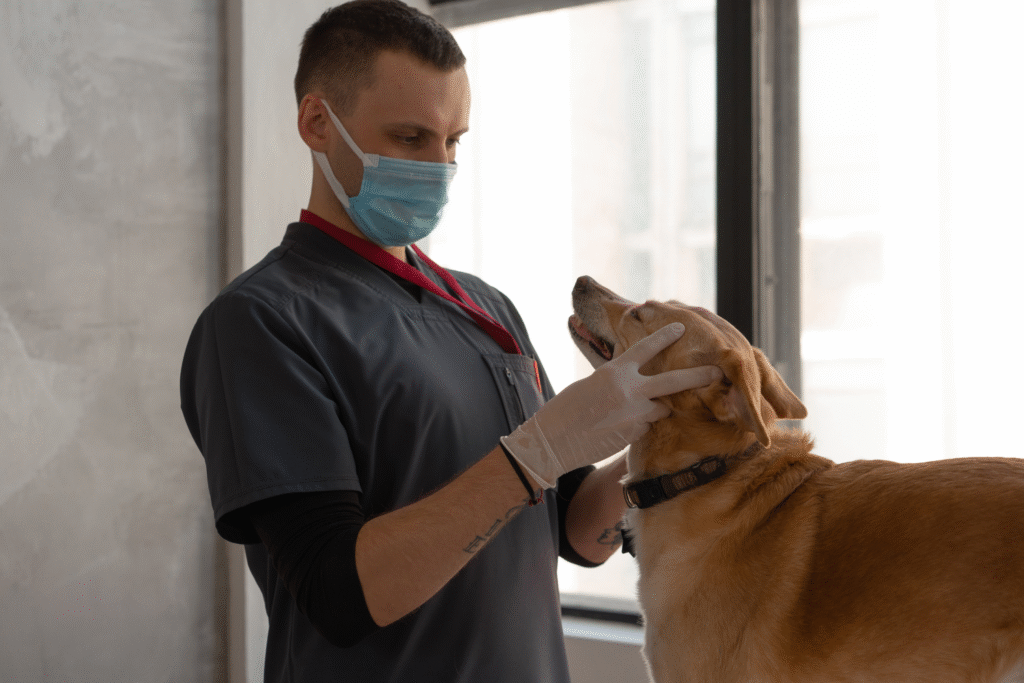
Urban veterinarians are treating increasing numbers of dogs with inflamed nasal passages. The swelling tends to cluster around the highest density of scent receptors, and the irritation often lingers longer than expected, reported by CNN. When inflammation settles into these areas, scent signals struggle to reach the brain clearly. Even small amounts of swelling can blunt odor detection and force the dog to work harder to identify smells that once came naturally.
The longer inflammation continues, the more it alters the overall environment inside the nose. If receptors remain coated by irritated tissue, a dog’s sense of smell becomes consistently muted. Owners may notice slower reactions during walks or a hesitation when following familiar trails. These are small clues, but they reflect changes happening inside a system designed to be incredibly sensitive. The slow shift can be easy to miss until the dog’s behavior noticeably changes.
3. Scent testing reveals city dogs perform below rural dogs.
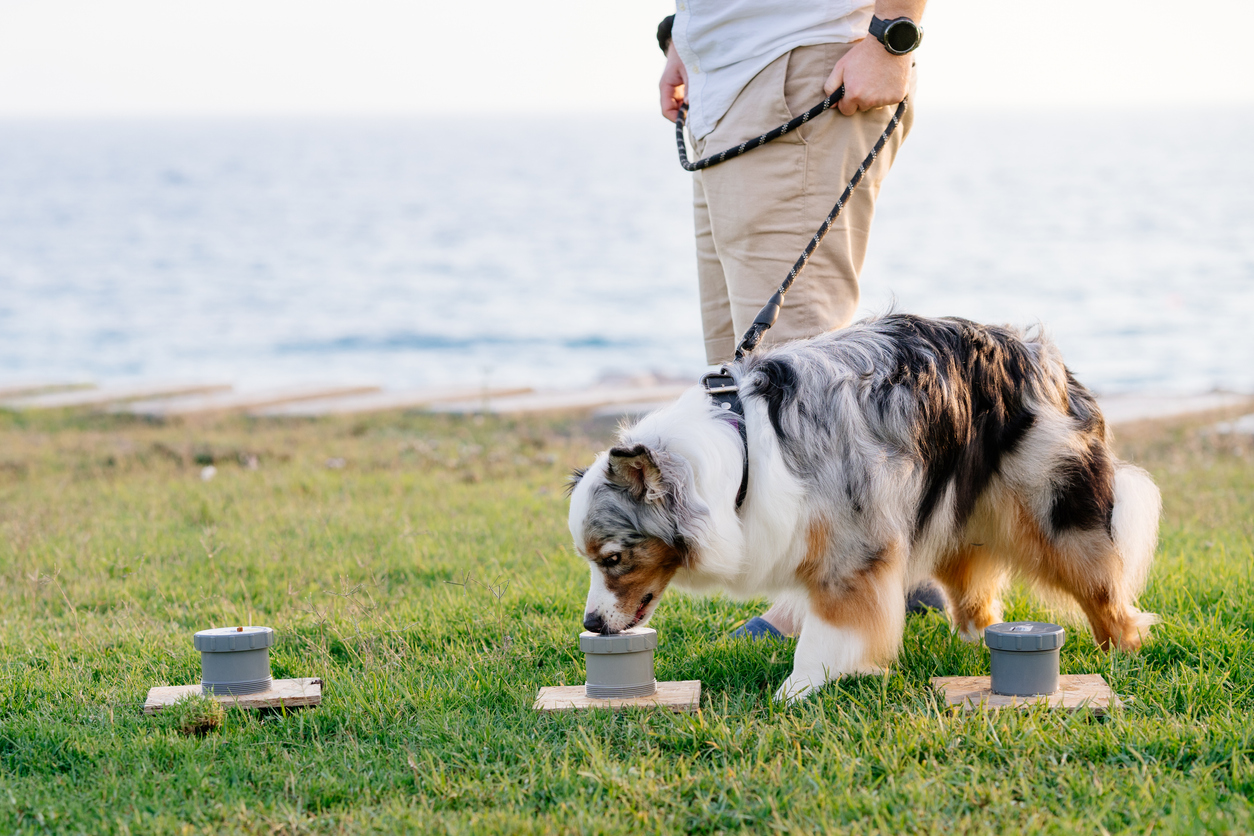
Behavior researchers conducted controlled scent recognition tests comparing urban and rural dogs. They found that city dogs took longer to identify target scents and missed them more often, as discovered by Scientific American. Breed and age did not account for the gap, which pointed researchers toward environmental factors instead. Polluted air emerged as one of the strongest possibilities, especially for dogs exposed daily to crowded roadways and industrial areas.
Seeing measurable differences in a controlled setting changed the tone of the discussion. Trainers who work with scent driven tasks noticed similar trends, especially in dogs with long term city exposure. When scent detection weakens, it affects everything from search behavior to emotional comfort, since dogs use scent to interpret the world. These gradual changes make the findings especially concerning for families who rely on dogs with strong tracking instincts.
4. Long term exposure leads to heavier contamination buildup.
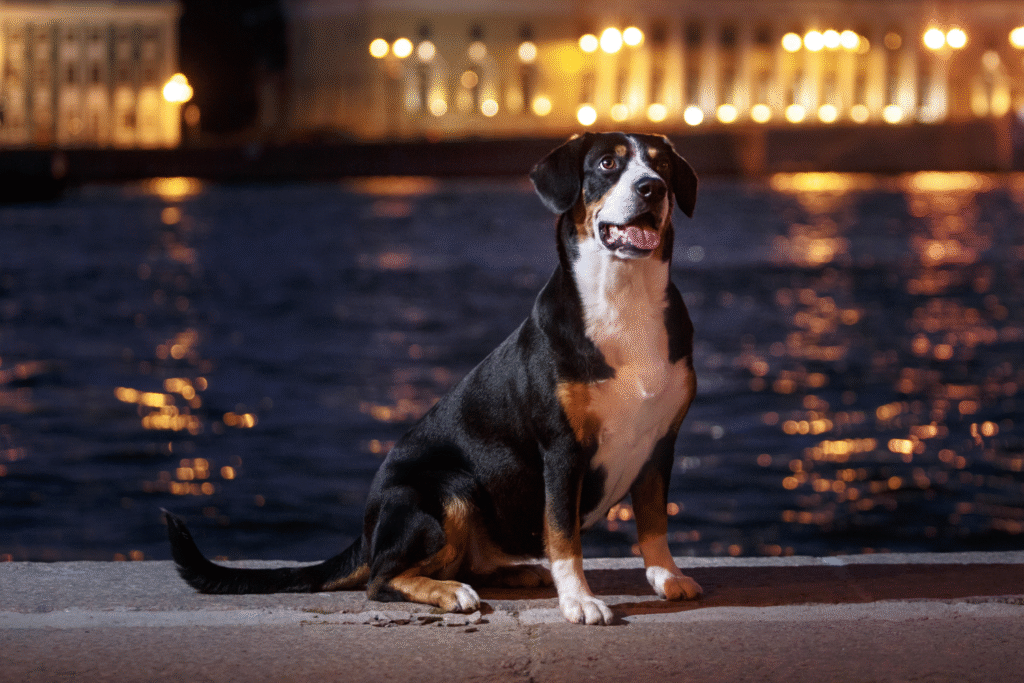
Dogs who spend their entire lives in dense urban areas appear to accumulate more contaminants than those who visit occasionally. The buildup happens slowly, almost quietly, as particles settle in the nasal cavity day after day. Each inhalation during a walk or bathroom break adds another small layer. Eventually these layers irritate the tissue enough to interfere with scent processing.
What makes this pattern troubling is that dogs rarely get relief. Even brief outings expose them to new pollution, and their constant sniffing puts them in direct contact with particulate matter. Over time the nasal lining becomes less efficient at trapping odors, dulling the sharpness of their sense of smell. Owners may notice their dogs becoming less responsive to scents they used to recognize quickly.
5. Pollution alters how scent signals travel to the brain.

Dogs rely on clean, unobstructed pathways to transmit scent signals from their nose to their brain. When inflammation or irritation disrupts these pathways, signals become weaker or distorted. Over time this interference affects how quickly and accurately the dog interprets the world. A scent that once sent an instant reaction now takes longer to process.
As these changes accumulate, the dog adapts in ways that may confuse owners. Some dogs begin relying more on sight or sound, while others lose interest in sniff driven activities. The shift does not happen suddenly, which makes it harder to catch early. Yet the consequences become clearer when the dog struggles with tasks that once felt effortless.
6. Urban walking habits increase exposure at ground level.
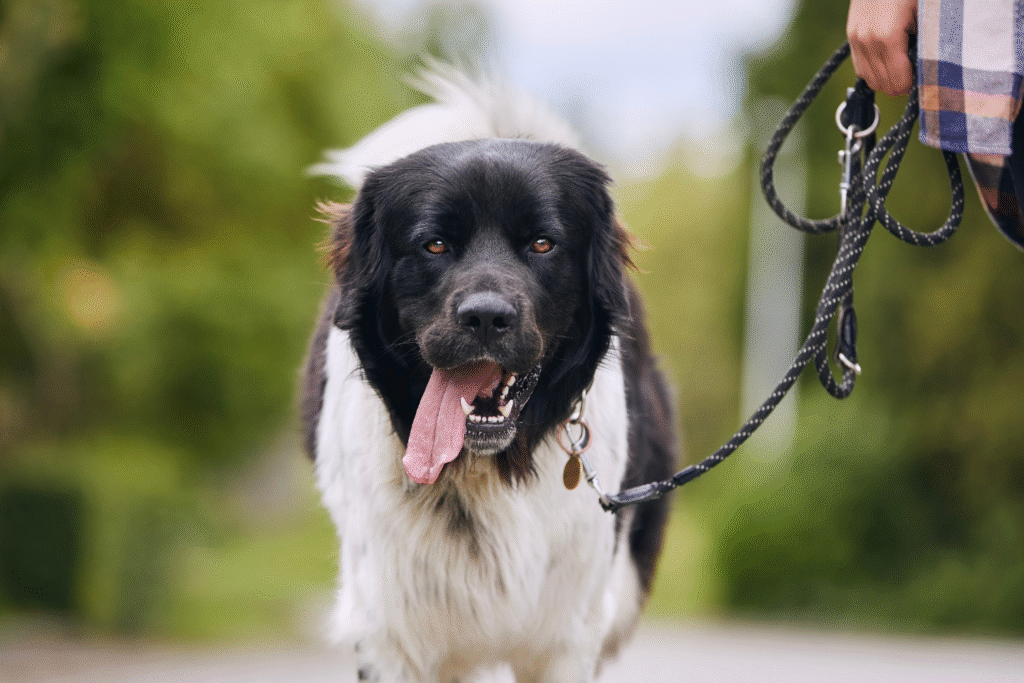
City dogs naturally keep their noses close to the ground, where pollutants settle in higher concentrations. Even short strolls through busy streets expose them to layers of exhaust residue, dust and tiny debris. Every sniff pulls another wave of pollutants deeper into the nasal cavity where sensitive structures sit closest to the air.
Because dogs take rapid, repeated breaths during sniffing sessions, they inhale more air than humans do in the same amount of time. This means pollutants accumulate faster, especially on days with heavy traffic or stagnant air. The exposure becomes part of daily life, building slowly until it affects how well they detect even the faintest scents.
7. Dogs show dryness in nasal tissue after pollution exposure.
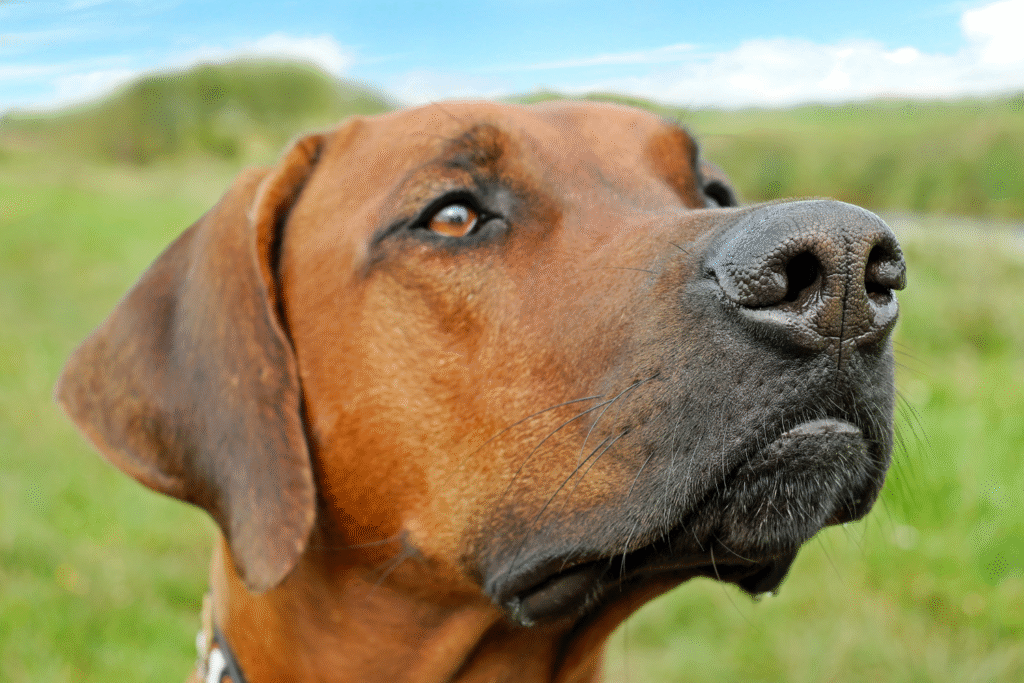
Veterinarians treating city dogs often find that the nasal passages appear unusually dry or irritated. Moisture is essential for trapping scent molecules, so dryness reduces the nose’s ability to gather information. When the surface loses moisture, scents have fewer chances to stick, which weakens detection.
Dry tissue also becomes more vulnerable to irritation and swelling. Once inflammation begins, the dog’s nose becomes even less effective. This cycle of dryness and irritation gradually disrupts the stability of the scent detecting system. The result is a sense of smell that grows inconsistent, making daily activities more confusing for the dog.
8. Scent based training becomes harder in polluted areas.
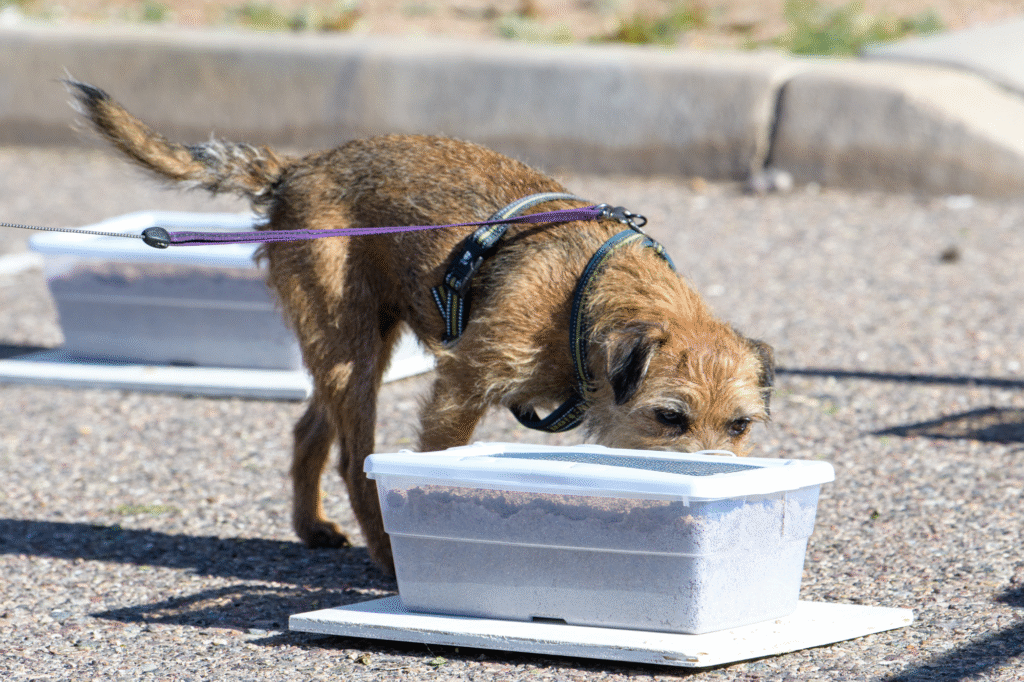
Trainers in urban environments report that dogs require more repetitions to learn scent based tasks. The dogs may start strong, then lose accuracy as sessions continue. Pollution becomes an unpredictable variable that interferes with consistency. Dogs often perform better in parks or indoor locations with cleaner air.
These challenges force trainers to choose locations carefully and adjust expectations. Even with strong genetics and good training, polluted air adds friction to scent driven work. The dog is not less capable by nature, but the environment works against its strengths. This makes the training process longer and more complicated for both dogs and handlers.
9. Families relying on assistance dogs feel the impact first.

Medical alert dogs and detection dogs depend heavily on precise scent interpretation. If polluted air dulls their abilities, the consequences reach beyond minor inconvenience. Families who count on rapid scent detection may notice slower or less reliable responses during high pollution days.
Organizations working with service dogs now track environmental conditions more closely during training. The goal is to understand how pollution affects performance over time. Even small declines can influence reliability in real world situations, which makes early detection of sensory changes essential for both the dogs and the people they assist.
10. Cleaner air initiatives could protect canine sensory health.

Efforts to improve air quality benefit more than human health. Cleaner environments help dogs maintain sharper senses, which shapes their comfort and safety. Increasing green spaces, reducing traffic congestion and filtering indoor air all support stronger scent detection.
These improvements might seem small, but for dogs living in busy cities they provide real relief. Protecting their sense of smell means preserving one of the most important ways they understand life around them. For many owners, keeping that connection strong becomes yet another reason to push for cleaner air in the neighborhoods they call home.
